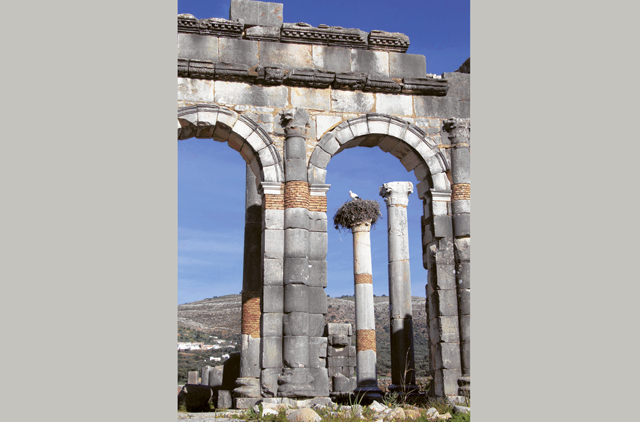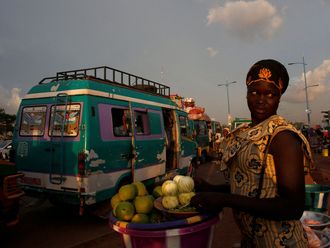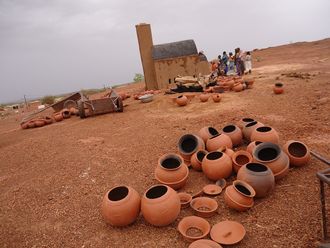
Meknes: Visitors to Morocco usually head straight for the beaches or plunge into the winding alleys of exotic medieval markets, but this rich North African country also has a wealth of ruins from its days as a Roman colony.
Few visit Morocco's handful of 2,000-year-old sites, but they are well worth the side trip, not least because the ancient city planners had a knack for picking the most stunning locations for their towns. In addition, the lack of tourists gives them a haunted undiscovered feel.
The best sites — Volubilis and Lixus — are easy two-hour drives from the capital Rabat, and a third site, Sala Colonia, is in Rabat.
And while they may lack the ostentatious grandeur of Turkey's Ephesus or Tunisia's Carthage, Morocco's overgrown, often ill-kept ruins have their own charms, in part because they are so often overlooked. The only sound to break the silence during a recent visit to Volubilus, for example, was a donkey rustling through overgrown bushes to crop at weeds around a mosaic depicting the 12 labours of Hercules.
The jewel in the crown of Morocco's Roman ruins is certainly Volubilis, located at the foot of the Atlas mountains in a sweeping valley filled with olive and almond trees.
This city of 20,000 was the westernmost extremity of an empire that once stretched to the gates of Persia. The sprawling floor plans of its buildings and brilliant floor mosaics suggest great wealth.
Grand buildings
The site is dominated by the remains of the grand public buildings around the forum, with the impressive arches of the Basilica courthouse arrayed in front of pillars of the temple to the deity Jupiter — now topped by bushy stork nests. Every old ruin in Morocco appears to host its own of population of the large black and white birds, which soar over the sites or preen in their nests as tourists snap away with cameras.
When they start clacking their beaks in chorus, it sends an eerie chattering noise across the ancient stones. That old Roman standby of a triumphal arch, in this case commemorating Emperor Caracalla, who bestowed citizenship on the empire's inhabitants in A.D. 212, marks the beginning of the city's main street.
Lined with shops, the Decumanus Maximus was the most desirable address in town. Nearby expansive villas still boast the colourful floor mosaics that have made this ruin famous.
For those used to seeing such mosaics painstakingly wrought out of tiny coloured stones in museums, it is a surprise to see them set in the ground marked off by little more than a moldy barrier of rope.
In one massive floor mosaic, Orpheus charms wild animals with his harp while in another room, dolphins frolic through the waves of what must have been the bathroom.
Greek myths predominate as subject matter. In one villa, licentious nymphs carry off the handsome Hylas, son of Hercules, who looks shocked.
The site continued to be inhabited and was reported to still be speaking Latin when the Arabs arrived in the eighth century. It is said, the ruins were actually in good shape until the 18th century when Sultan Moulay Esmail pulled them down to use for the monumental palace he was building in nearby Meknes.
The easy accessibility to these mosaics, however, has taken its toll and the colours have faded from daily exposure to the elements. The site also suffers from lack of upkeep. Plants and grasses run riot through the streets and rooms, giving it an undiscovered feeling.













